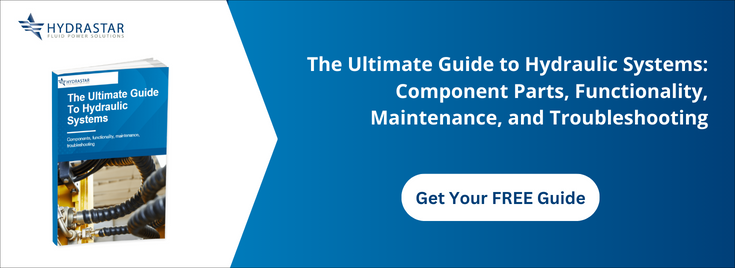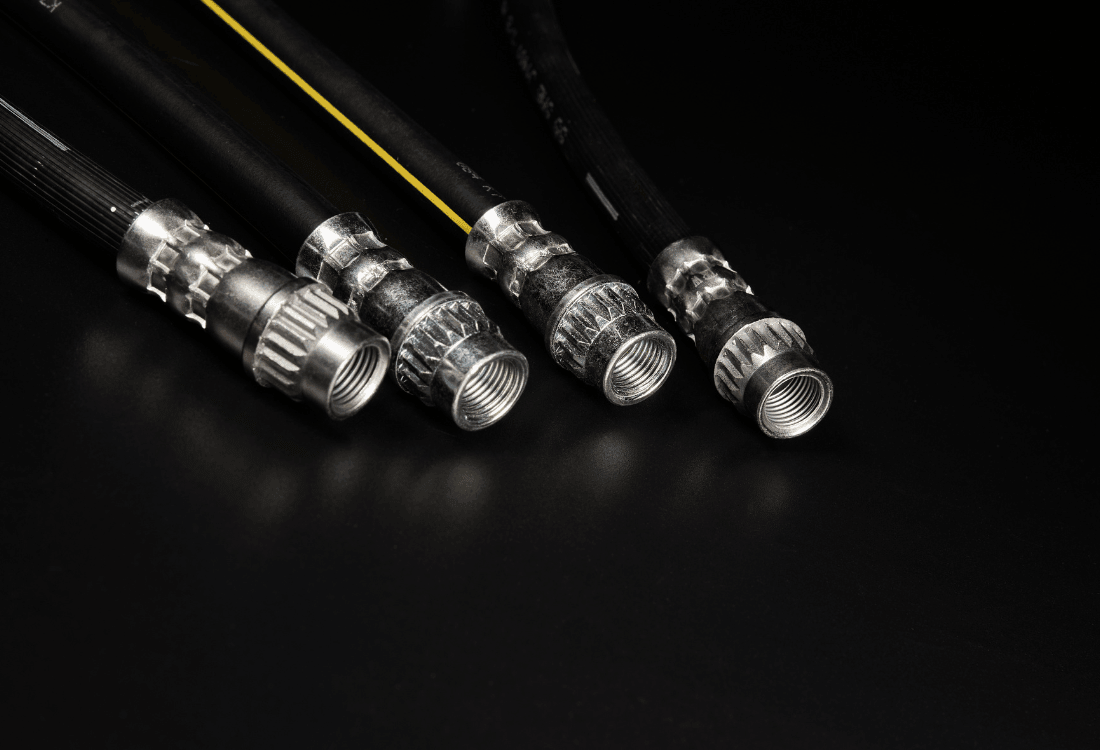Hydraulic hoses frequently operate at high pressure and are regularly exposed to challenging environments. Without regular inspections and maintenance, therefore, hoses and fittings can quickly degrade, increasing the risk of unplanned downtime and sometimes posing a safety hazard to operators. The following five tips will help you extend the lifespan of your hydraulic hoses and maintain the overall health of your application.

1. Visual Spot Checks
Good old-fashioned visual inspections are still one of the most effective ways of spotting degradation from wear, heat, flexing, and improper assembly before it causes a critical failure. Regular checks by the engineers who use the application day in, day out, are the first line of defence against premature wear. Pay special attention to any unusual bends, cracks, and leaks around the hose surface and any areas prone to movement. Always use the correct tools to detect leaks – never your hands – as high-pressure fluid can cause injuries.
2. Install Hoses Correctly
Many common maintenance issues can be avoided through taking the appropriate measures during installation. Unfortunately, incorrect installation can put undue stress on your hydraulic hoses, significantly shortening their lifespan. When installing a hydraulic hose, be sure to route hoses to avoid any sharp edges or potential wear points, using clamps, guards, and protective sleeves to reduce abrasion. The bend radius should also be appropriate to your application’s operating conditions.
3. Invest In High-Quality Hoses And Fittings
There is no substitute for quality when purchasing replacement parts or specifying hoses and fittings for a new application. Premium quality hoses and fittings provide a longer service life compared to many cheaper components. The reasons for this are the materials used, the testing process and the engineering quality. Many high-quality components, for instance, provide enhanced abrasion resistance, with better temperature handling and superior pressure ratings, often far exceeding standard ratings.
4. Proactive Maintenance Or Reactive Maintenance?
Reactive maintenance is the all-too-familiar process of replacing a hose or fitting when an error is detected. Proactive or preventative maintenance seeks to minimise the risk of unplanned failures and can deliver a lower lifetime cost of ownership. For hydraulic hoses and fittings, a preventative plan should include:
- Fluid analysis – check your hydraulic fluid levels and quality regularly to avoid contamination.
- Replacement timelines – maintain records of the age and usage hours associated with each hose so you can replace components before failure occurs.
- Parts management – store your spare hoses in a climate-controlled environment away from direct sunlight and extreme temperatures to prevent accelerated ageing.
5. Implement Protective Systems
As hydraulic hoses and fittings are often exposed to abrasive or corrosive materials, protective systems provide a vital barrier that reduces wear and tear and helps maintain integrity over time. Various types of protective systems are available, including lightweight protective sleeves and covers designed to shield your hoses from UV exposure and abrasion. For a greater level of protection, a durable plastic hose guard can be installed – these spiral-shaped devices are wrapped around the hose to protect against impacts and reduce wear from friction.
What Next?
Contact Hydrastar today to find out about our range of high-quality hydraulic and pneumatic components and how you can maximise the value and reliability of your application.

Image Source: Canva

